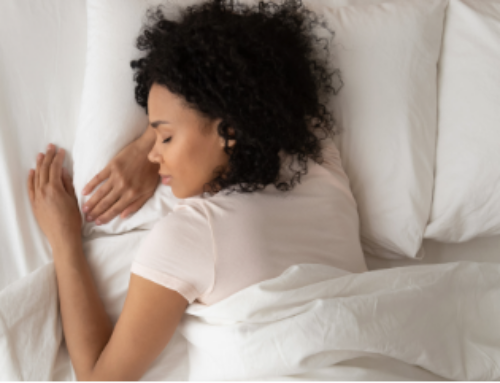Dreams that come to life are the stuff of fantasy novels and horror movies. But it’s also a reality for people who experience REM sleep behavior disorder.
People who have RBD act out vivid dreams as they sleep. The dreams tend to be action-packed. The dreamer may punch, kick, jump or get out of bed and run. All of this occurs while he or she is still asleep.
The disorder may sound funny. But injuries are common. Cuts, bruises or broken bones may occur to the dreamer or to a bedpartner.
Why does RBD occur? Normally your brain paralyzes most muscles during the stage of rapid eye movement sleep. REM sleep is the stage of sleep when you have most dreams and nightmares. RBD occurs when the brain fails to tell the muscles to remain still.
RBD is similar to sleepwalking. But a sleepwalker tends to be confused upon waking up. Once awake, a person with RBD usually has clear recall of a vivid dream.
Sleepwalkers also are more likely to get up calmly, have their eyes open and walk out of the room. RBD actions tend to be more intense and dramatic.
RBD was identified and reported in the journal Sleep in 1986. Sixteen years later a follow-up report was published by the same research team. People with RBD are at risk for developing Parkinson’s disease.
RBD appears to be rare, affecting less than one percent of people. It is more common in older men.
But stand-up comedian Mike Birbiglia is evidence that RBD can strike when you are younger. During his routines he often shares true stories of his RBD episodes. He is even starring in an off-Broadway show called Sleepwalk with Me.
Laughter is good medicine; but people with RBD should seek medical help. Contact an AASM-accredited sleep disorders center if you act out your dreams while you sleep.
By Thomas M. Heffron





